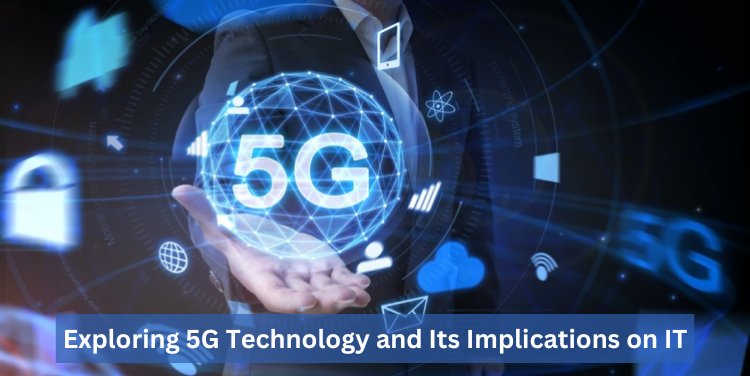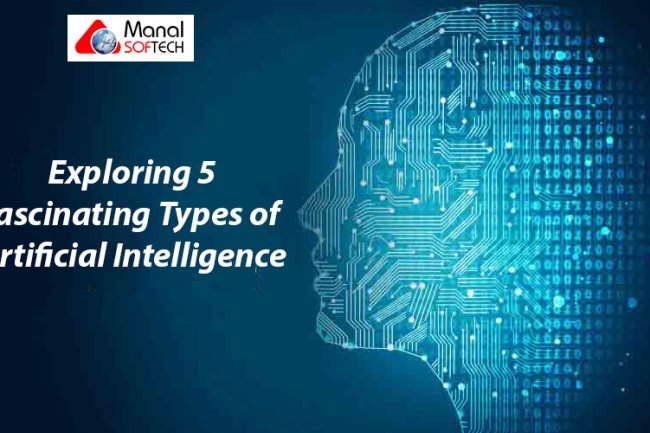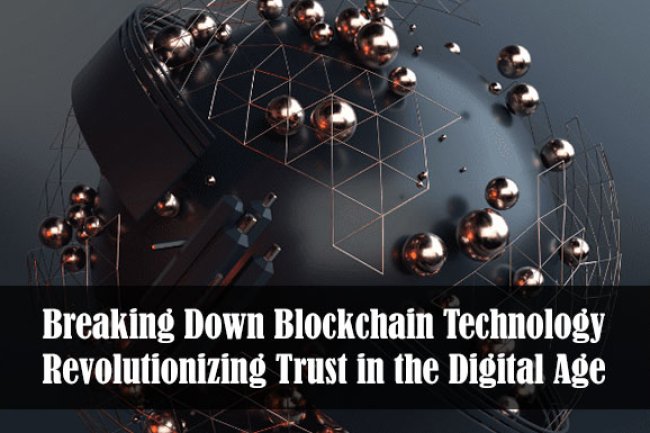Exploring 5G Technology and Its Implications on IT

In today's hyper-connected world, technological advancements continually shape the landscape of industries, revolutionizing how we interact, communicate, and conduct business. Among these transformative innovations, 5G technology stands out as a game-changer with its promise of ultra-fast speeds, low latency, and massive connectivity. As businesses and consumers eagerly anticipate the widespread adoption of 5G networks, it's essential to delve into its intricacies and explore the profound implications it holds for the realm of Information Technology (IT).
Unveiling the Power of 5G
At its core, 5G represents the fifth generation of mobile network technology, succeeding the current standard, 4G LTE. While 4G paved the way for mobile broadband, enabling seamless video streaming and app downloads, 5G takes connectivity to unprecedented heights. With theoretical speeds of up to 10 Gbps and latency as low as 1 millisecond, 5G heralds a new era of connectivity that transcends traditional boundaries.
Transformative Implications for IT
1. Enhanced Mobile Computing:
5G's blazing-fast speeds and low latency unlock new possibilities for mobile computing. With the ability to handle data-intensive tasks in real-time, mobile devices become powerful computing platforms, enabling immersive experiences, augmented reality (AR), and virtual reality (VR) applications.
2. Internet of Things (IoT) Revolution:
The proliferation of IoT devices is set to skyrocket with the advent of 5G. The network's ability to support a massive number of connected devices per square kilometer opens doors for smart cities, autonomous vehicles, and industrial automation, revolutionizing how we interact with our environment.
3. Edge Computing Paradigm:
5G's low-latency capabilities pave the way for edge computing, where data processing occurs closer to the source of data generation. This paradigm shift reduces latency and bandwidth usage, making real-time applications like autonomous vehicles and remote surgery feasible.
4. Cybersecurity Challenges:
While 5G brings unparalleled opportunities, it also poses significant cybersecurity challenges. The vast attack surface created by billions of connected devices increases the risk of cyber threats, necessitating robust security measures and proactive risk management strategies.
Navigating the Road Ahead
As organizations embark on their journey towards embracing 5G technology, strategic planning and adaptation are paramount. IT leaders must stay abreast of technological developments, assess their infrastructure readiness, and invest in training and upskilling to harness the full potential of 5G.
Collaboration with trusted partners and service providers becomes essential in navigating the complexities of 5G implementation, ensuring seamless integration, and mitigating risks. Moreover, fostering a culture of innovation and agility enables organizations to capitalize on emerging opportunities and stay ahead of the curve in an ever-evolving digital landscape.
Embracing the Future Today
5G technology represents a seismic shift in the realm of IT, promising unparalleled speed, connectivity, and transformative potential. As organizations navigate the complexities of this technological frontier, proactive adaptation and strategic foresight are key to unlocking the full spectrum of opportunities that 5G brings.
By embracing innovation, collaboration, and a forward-thinking mindset, businesses can position themselves at the forefront of the 5G revolution, driving growth, innovation, and digital transformation in the years to come. As we stand on the brink of a new era in connectivity, the journey towards realizing the full potential of 5G technology beckons us to explore, innovate, and redefine the possibilities of tomorrow.
What's Your Reaction?















